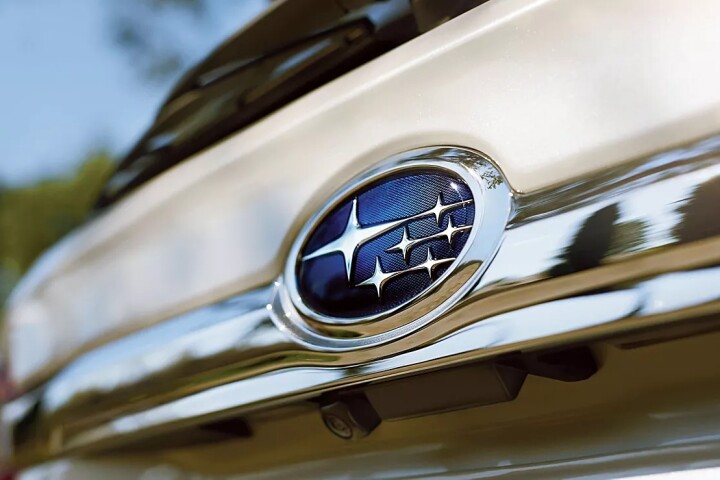Despite offering numerous advantages over its rotating brethren, most notably the ability to reach the high-speed winds found at higher altitudes, kite-based energy systems are yet to really get off the ground in a meaningful way. But things are looking up. Earlier this year, NASA revealed it is investigating ways to improve the aerodynamics and autonomous flight control of kites for power generation applications, and now Berlin-based wind energy developer NTS GmbH has teamed with the Fraunhofer Institute for Manufacturing Engineering and Automation (IPA) to make their own kite energy system concept a reality.
The team’s “kite power station” would see kites attached to cables measuring around 700 meters (2,297 ft) long, which would allow the kites to fly at heights of 300 to 500 meters (984 to 1,640 ft). Unlike the “Flygen” systems that have the turbines built into the kite, the NTS system would tether the cables to vehicles on the ground that are pulled around a circuit on rails by the power of the wind. The kinetic energy of the vehicles is then converted into electricity by way of a generator.
The ground vehicles would also contain the measuring and control technology with a horizontal and vertical angle sensor located in each cable line and a force sensor within the cable distributor enabling precise control of the kite’s movements. The developers of the system say a kite flying in a figure-eight or sine-wave flight pattern can generate a pulling power of up to 10 kilonewtons (kN), which would give a kite with a surface area of 20 m2 (215 ft2 the capacity to pull one ton.
Fraunhofer claims that at a height of 100 meters (328 ft), wind speeds are around 15 meters per second (49 ft/s), while at a height of 500 meters (1,640 ft) they exceed 20 m/s (66 ft/s).
“The energy yield of a kite far exceeds that of a wind turbine, whose rotor tips turn at a maximum height of 200 meters. Doubling the wind speed results in eight times the energy,” says IPA engineer Joachim Montnacher. “Depending on wind conditions, eight kites with a combined surface area of up to 300 square meters (3,229 ft2) can equate to 20 conventional one-megawatt wind turbines.”
But it’s not just the ability to reach the higher wind speeds found at higher altitudes, but also the consistency of the wind at these heights that offers kite-based systems an advantage over conventional wind turbines. According to Fraunhofer, figures for the past year show that there is a 35 percent chance of wind speeds reaching 5 m/s (16 ft/s) at a height of 10 meters (32.8 ft), but the likelihood increases to 70 percent at heights of 500 meters (1,640 ft).
This greater wind consistency provides the potential for locations that are unsuitable for conventional wind turbines to be considered as sites for kite power systems. Fraunhofer also claims that such kite-based systems will be cheaper to build than large tower-mounted wind turbines.
NTS and IPA researchers have already begun trials at a test site in Mecklenburg in the north of Germany. A kite was flown along a 400-meter-long (1,312 ft) track manually controlled with a handheld remote control, however, the kite will eventually be flown autonomously under computer control. The team also plans to reconfigure the test track into the loop for further testing. Initial investors are already on board and the team is confident further testing will verify results seen in computer simulations.
“According to our simulations, we could use an NTS track running a total of 24 kites to generate 120 gigawatt hours a year (GWh/year). To put this into perspective, a two-megawatt wind turbine produces around 4 GWh/year. So an NTS system could replace 30 two-megawatt turbines and supply power to around 30,000 homes,” says Guido Lütsch, managing director of NTS GmbH.
Source: Fraunhofer




